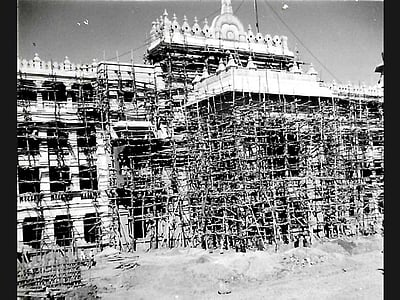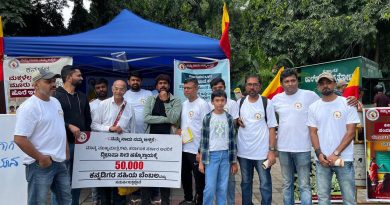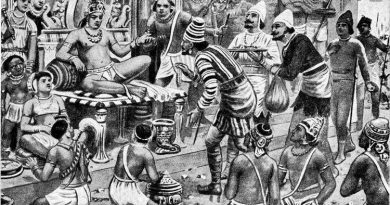The “Parayya”—Known as Holeyas in Karnataka,Built Vidhana Soudha
By C. S. Dwarakanath
The Parayya community—historically known as “Paraya Holeya” or “Adi Dravid”—has existed for centuries in Karnataka. In the 1940s, during the construction of Karnataka’s Vidhana Soudha in Bengaluru, Parayya laborers were brought in from North Arcot and Ambur to build the iconic structure. They later constructed several other government buildings, settling in what is now Sampigehalli (today Sampangiramnagar).
A recent report submitted by Justice Naga Mohan Das has sparked a heated debate: should the Parayya community be classified under Holeya-related castes or included with the Madiga category? Currently, approximately 95,487 Parayya (also called Parayyan) people in Karnataka have been grouped under Category ‘B’ with Madiga-related castes. But anthropological studies maintain that Parayya are indeed linked to the Holeya caste.
Traditionally, Parayyar belonged to the ‘Valangai’ or right-hand caste division. Some earned the title ‘Valangaiman’, indicating a leadership role within that division. If Valangai groups were agriculturally oriented, the Idangai subset was associated with occupations focused on production. In Tamil Nadu, these Valangai groups were politically well-organized in the past.
The Parayya community’s roots lie in Tamil culture, and anthropologists say they extend into Kerala and Sri Lanka as well. The name “Parayya” is thought to derive from the Tamil word “Paraṉ” or “Parai,” meaning drum—hinting at their traditional role as drummers during auspicious and inauspicious ceremonies. Typically, only one subgroup within the community performed drumming, while the rest engaged in farming and labor work.
Uniquely, Parayya were considered untouchable—not only could others not touch them, but their very breath was seen as polluting. If they spoke to higher castes, they had to stand at a distance, covering their mouths with their hands and maintaining minimal contact.
During the British colonial period, Parayya played key ritual roles: composing and singing songs for the Puliyar king, beating drums, and proclaiming royal orders across villages—essentially serving as carriers of tradition and royal influence. Anthropologist “Hart” documents these religious and cultural duties.
Based on the instruments they played, the Parayya were divided into subgroups, one of which—the Kinaiyan—was believed to possess magical powers. To keep them separate, they were often relegated to villages outside the main settlement, though their supposed magic was still thought to protect the king.
During the Bhakti movement (7th–9th centuries), every saint—be it a Shaiva Nayanar or Vaishnava Alvar—was associated with an untouchable community. Legend has it that Nandanar, one of the Nayanar saints, was born under a drum-beating tree, wrapped in a leather garment, and played string instruments made from animal hide—yet he was barred from entering temples. The Parayya identify Nandanar as their own saint.
Ayothidas—a Parayya—was a notable reformer who in 1892 demanded temple entry rights for his community. He faced severe backlash from Brahmins and Vellalars. His struggles exposed the impossibility of social equality within the orthodox Hindu framework and inspired many from Parayya to convert to Christianity and Islam.
Several Western anthropologists, including Francis Buchanan, Edgar Thurston, and Elwin, have studied the Parayya extensively. Scholars like Robert Caldwell, J. H. A. Tremearne, and Edward J. Robinson even speculate that the ancient Tamil philosopher-poet Thiruvalluvar may have belonged to the Paraiyar caste.
Recently, residents from a Jayanagar slum near Bairasandra submitted caste documents identifying themselves as Parayya. When I inquired, the community’s world unfolded before me: they’re being forcefully evicted by local real-estate mafias. We’ve appealed to the Slum Clearance Board and filed a petition in the Civil Court to stop their displacement.



